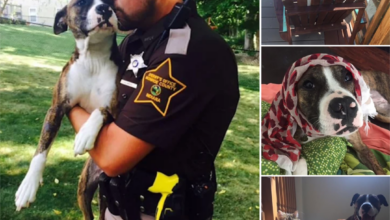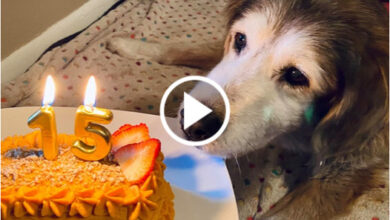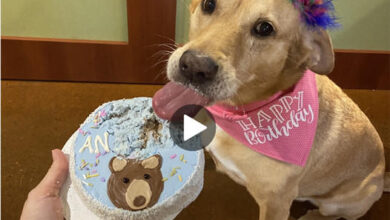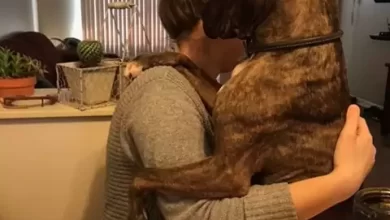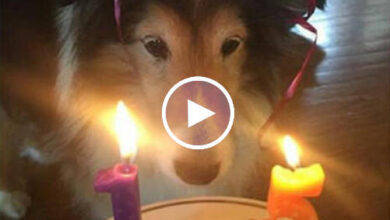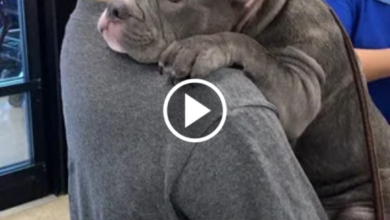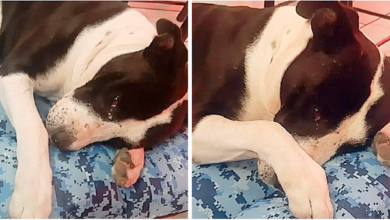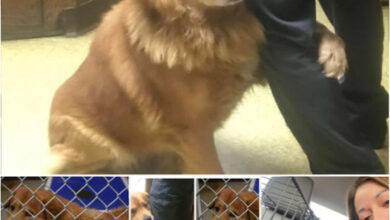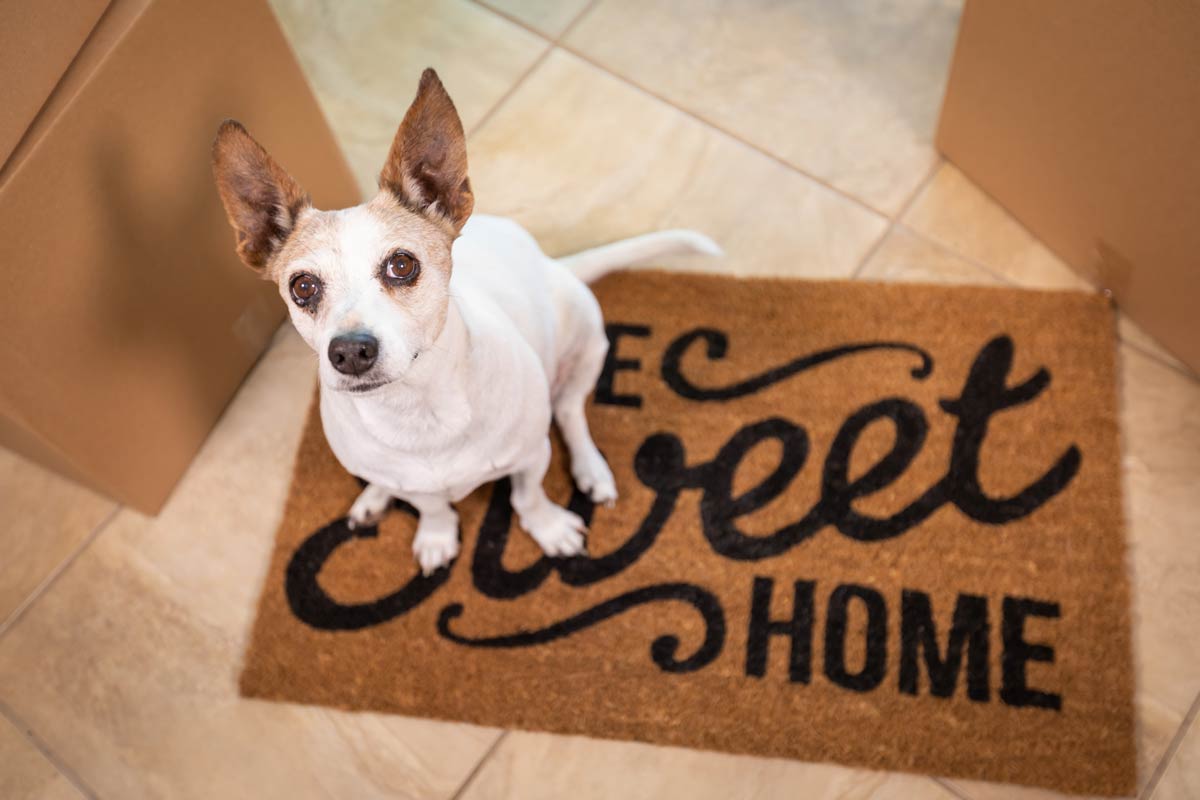
Moving to a new home can be an exciting adventure, but it can also be a stressful and overwhelming experience for your furry friend. Dogs are creatures of habit and routine, so adjusting to a new environment can take some time. As their owner, it’s important that you do everything in your power to make the transition as smooth as possible.
Fortunately, there are several tips and tricks you can use to help your dog adjust to their new home with ease. From creating a safe and comfortable space for them to introducing them to their new surroundings, these simple steps will help alleviate any anxiety or stress they may feel during the move.
So if you’re planning on moving soon or have just recently moved into a new home with your four-legged companion, read on for some helpful advice on how to make the transition as seamless as possible.
Give Your Dog Plenty of Attention and Affection
You’ll want to make sure you’re giving your pup lots of love and attention, so they feel comfortable and secure in their new surroundings. Daily exercise is a great way to bond with your dog while helping them adjust to the new environment. Take them for walks around the neighborhood or play fetch in the backyard. This will not only keep them physically active but will also provide mental stimulation and socialization opportunities.
Training is another important aspect of helping your dog adapt to their new home. Focus on positive reinforcement techniques like rewards and praise for good behavior rather than punishment for bad behavior. Consistency is key when it comes to training, so establish routines early on and stick with them. This will help your dog feel more secure by providing structure and predictability.
Bonding is also crucial in helping your furry friend settle into their new digs. Spend quality time together, whether it’s cuddling on the couch or playing games that allow you both to have fun. The more time you spend with your pet, the stronger your bond will become, which can help ease any anxiety they may be feeling about their new surroundings.
To create a safe and comfortable space for your dog, consider investing in a cozy bed or crate where they can retreat when feeling overwhelmed or tired. Additionally, make sure there are no hazards around like loose electrical cords or poisonous plants that could harm them.
By providing a secure environment along with plenty of love and attention, you’ll be well on your way to helping your furry friend adjust quickly and comfortably to their new home!
Create a Safe and Comfortable Space for Your Dog
Make sure your furry friend has a cozy and secure spot to call their own in the new space. When designing this space, consider your dog’s size, breed, and personality. Some dogs prefer to have a crate or bed in a quiet corner of the room, while others may feel more comfortable with an open area where they can keep watch over their surroundings.
Comfortable bedding is essential for creating a safe and comfortable space for your dog. Invest in high-quality bedding that provides ample support for your dog’s joints and muscles. You can also add blankets or pillows to make the space even cozier. If you’re unsure what type of bedding to choose, consult with your veterinarian or local pet store staff for recommendations.
A comfortable and secure space will help ease your dog’s transition into its new home. However, it’s important to remember that consistency is key in helping them adjust fully. In the next section, we’ll discuss how sticking to a consistent routine can make all the difference for your furry friend.
Stick to a Consistent Routine when a Dog in New Home
By keeping a consistent routine, your furry friend will feel more comfortable and secure in their new environment. Establishing a routine for your dog can help them adjust to the changes in their life more easily.
Dogs thrive on routine and structure, so it’s important to keep feeding times, walk schedules, and playtime consistent. Training techniques can also be incorporated into your dog’s routine to help them adjust to their new home.
Training sessions not only provide mental stimulation for dogs but also reinforce positive behaviors. By incorporating training into your daily routine with your dog, you’re helping them learn how to behave in their new surroundings and building a stronger bond between you two.
Introducing your dog to their new surroundings is the next step after establishing a consistent routine. By taking things slow and introducing one room at a time, you can help ease any anxiety or stress that may come with moving to a new home.
The key is to make the experience positive and rewarding for both you and your furry friend.
Introduce Your Dog to Their New Surroundings

As your furry friend gets familiar with their new environment, it’s essential to introduce them gradually and make the experience positive. Start by taking them on a tour of their new surroundings. Allow them to explore outdoors while keeping them on a leash for safety.
Familiarizing with new smells is an important part of this process, so let your dog take their time sniffing around. It’s important to keep in mind that dogs rely heavily on scent to navigate the world around them.
So, while your dog is exploring, be patient and allow them ample time to sniff around and get comfortable with their new surroundings. You can also try leaving some of their favorite toys or blankets in different parts of the house to help your pup feel more at home.
Remember that adjusting to a new home takes time, especially for dogs. So, as you introduce your dog to their new surroundings, be patient and understanding. Keep up with regular exercise routines and stick to consistent mealtimes as much as possible.
By showing your furry friend patience and love during this transition period, you’ll help ensure they settle into their new home as smoothly as possible without causing unnecessary stress or anxiety.
Be Patient and Understanding
It’s understandable if you feel frustrated or overwhelmed during the process of helping your furry companion adjust to their new environment, but remember that being patient and understanding is crucial for their emotional well-being.
Dogs are highly sensitive creatures and may exhibit a range of behaviors as they adapt to unfamiliar surroundings. It’s important to understand your dog’s behavior, so you can help them feel safe and secure in their new home.
Consistency is key when it comes to helping your dog adjust. Establish a routine that includes feeding times, walks, playtime, and rest periods. Stick to this schedule as closely as possible to help your dog feel more comfortable with their new surroundings. Consistency also extends to the rules you set for your pet; make sure these rules remain constant throughout the adjustment period.
Understanding your dog’s behavior will help you recognize signs of stress or anxiety during the adjustment period. For example, if your dog becomes withdrawn or overly aggressive towards other pets, it could be a sign that they’re feeling overwhelmed. In such cases, it’s important not to punish them but instead provide reassurance and comfort through positive reinforcement techniques such as treats or verbal praise.
By using positive reinforcement techniques like treats and verbal praise, you can encourage good behavior in your pet while reinforcing feelings of comfort and security in their new home. So let’s explore how this approach can be used effectively!
Use Positive Reinforcement
Rewarding your furry friend for their good behavior with treats and verbal praise is an effective training technique that can help them adjust to their new home. Positive reinforcement helps dogs associate good behavior with positive outcomes, which encourages them to repeat the same actions in the future.
This can include rewarding your dog when they follow commands, show calm behavior, or display positive interactions with family members. Using behavioral modification techniques, you can create a structured routine for your dog that incorporates positive reinforcement.
For example, if you’re trying to encourage your dog to use a designated potty area outside of the house, reward them every time they use it correctly. Over time, this will help reinforce the idea that using this spot is the right thing to do. If you find that positive reinforcement alone isn’t enough to help your dog adjust to their new surroundings, seek professional help from a trainer or veterinarian who specializes in behavioral modification.
They can evaluate your pet’s needs and suggest additional strategies that may be more effective. Remember, patience is key when helping your furry friend adapt to their new home, but with some love and guidance, they’ll feel right at home in no time!
Seek Professional Help if Necessary
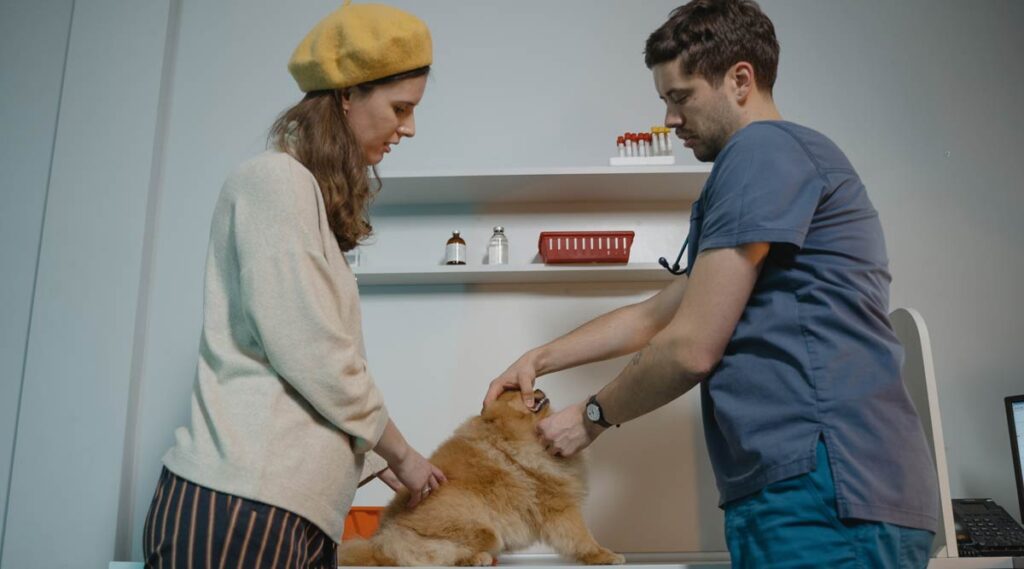
If you’re struggling to help your furry friend adjust to their new home, seeking professional help may be a wise decision. A trainer or veterinarian who specializes in behavioral modification can provide you with the necessary guidance and support to help your dog overcome any challenges they may face during the transition period.
The benefits of therapy are numerous, including increased confidence, reduced anxiety, and improved overall behavior.
One sign that your dog is struggling to adapt is if they exhibit signs of anxiety such as excessive barking, pacing, or destructive behavior. These behaviors can indicate that your dog is feeling overwhelmed and stressed by their new surroundings.
Seeking professional assistance can help identify the root cause of these behaviors and provide you with effective strategies for managing them.
Overall, it’s important to remember that every dog is different and may require unique solutions when adjusting to a new environment. By working with a trained professional who understands canine behavior and psychology, you can ensure that your furry friend receives the care and attention they need to thrive in their new home.
Don’t hesitate to reach out for help if you need it – there’s no shame in seeking assistance when it comes to ensuring your pet’s well-being.
Conclusion
In conclusion, helping your dog adjust to a new home may require some effort and patience on your part, but it’s worth it. By giving your furry friend plenty of love and attention, creating a safe and comfortable space for them, and sticking to a consistent routine, you’ll be able to make the transition smoother for both you and your dog.
Introducing them to their new surroundings, being patient and understanding, using positive reinforcement, and seeking professional help if necessary are also important steps to take.
Remember that every dog is different, so there’s no one-size-fits-all approach when it comes to helping them adjust. However, by following these tips, you can create a strong foundation for building a loving relationship with your furry companion in their new home.
As the old adage goes, “a dog is man’s best friend,”so it’s important to ensure that they feel happy and secure in their new environment.
Read more:






